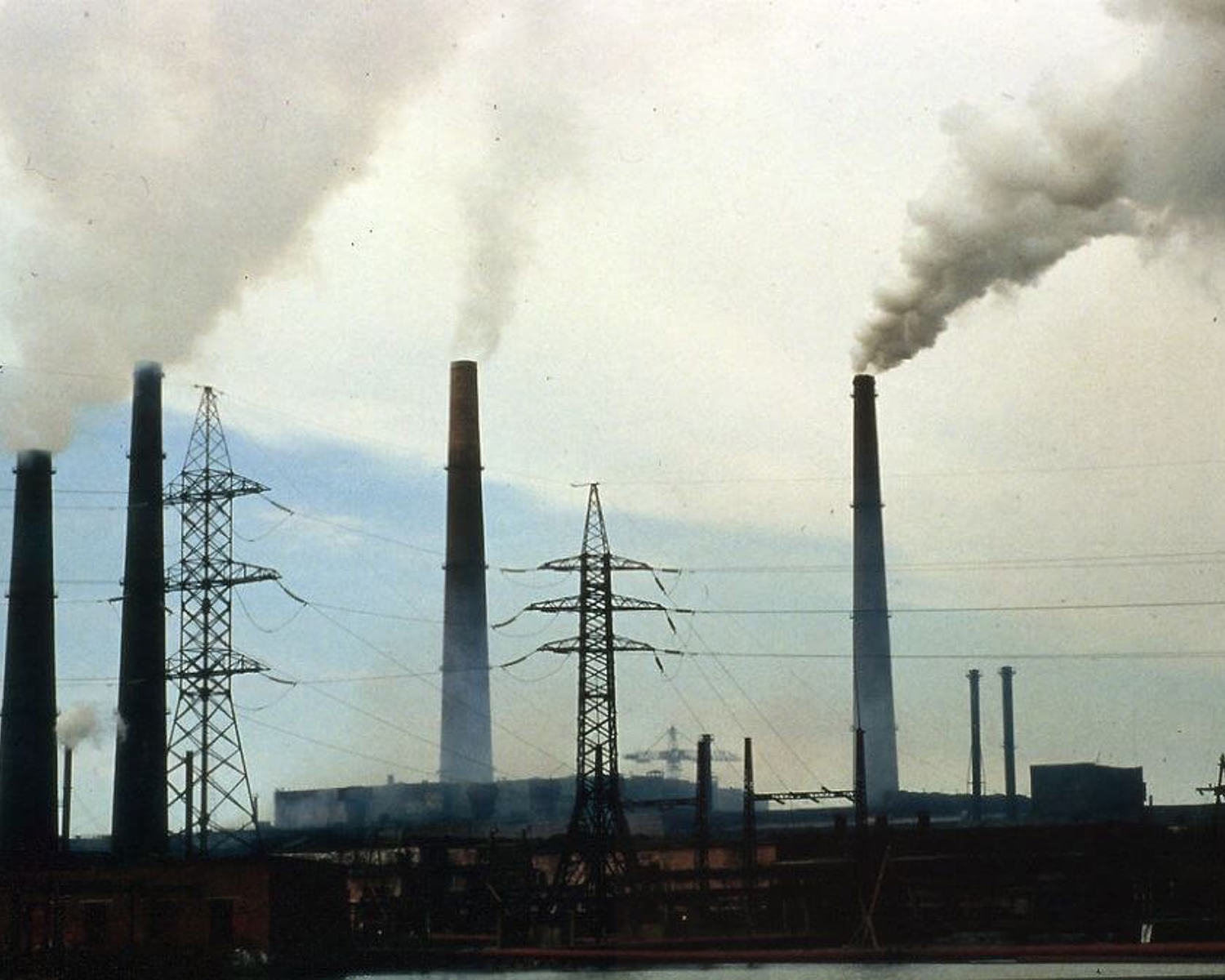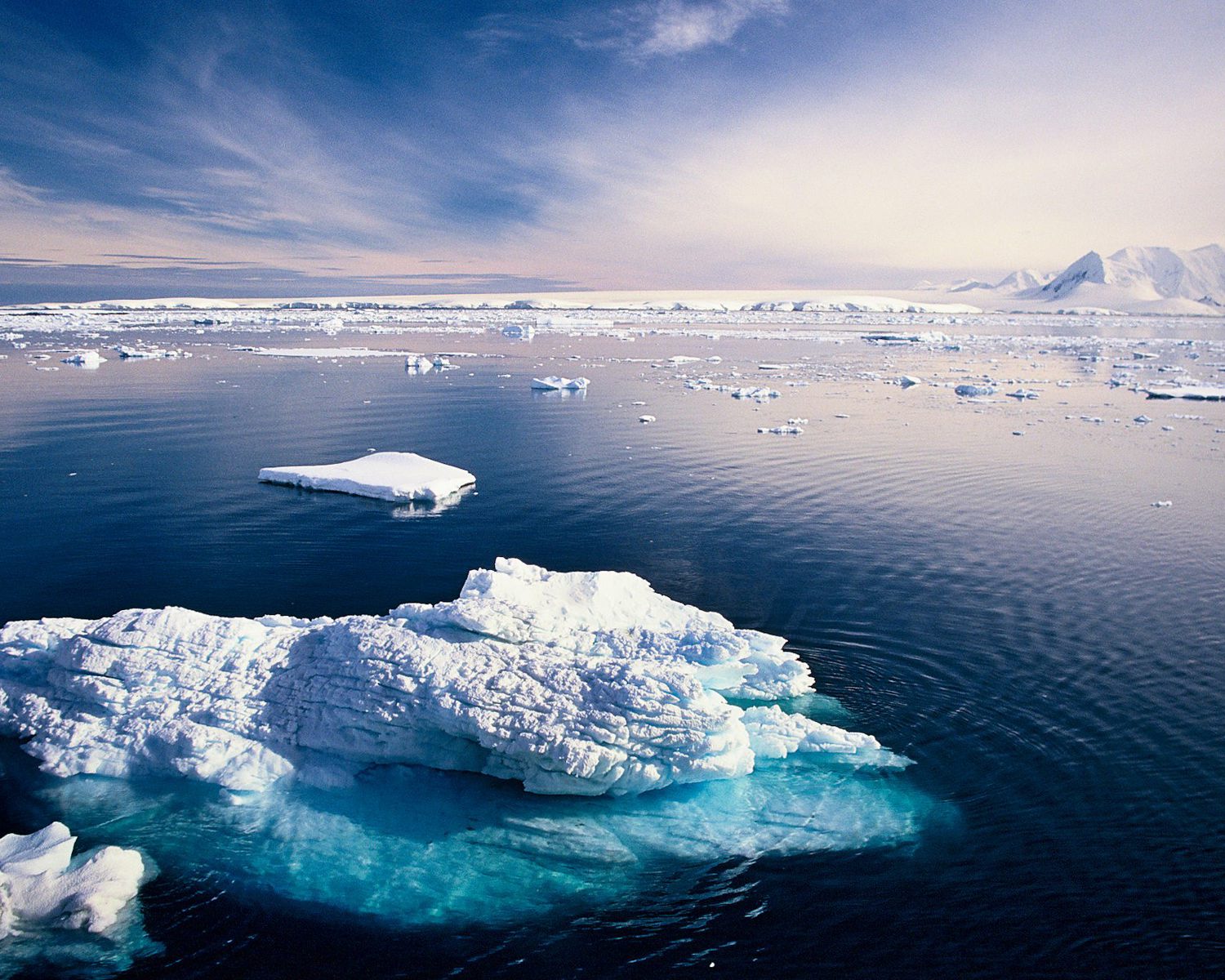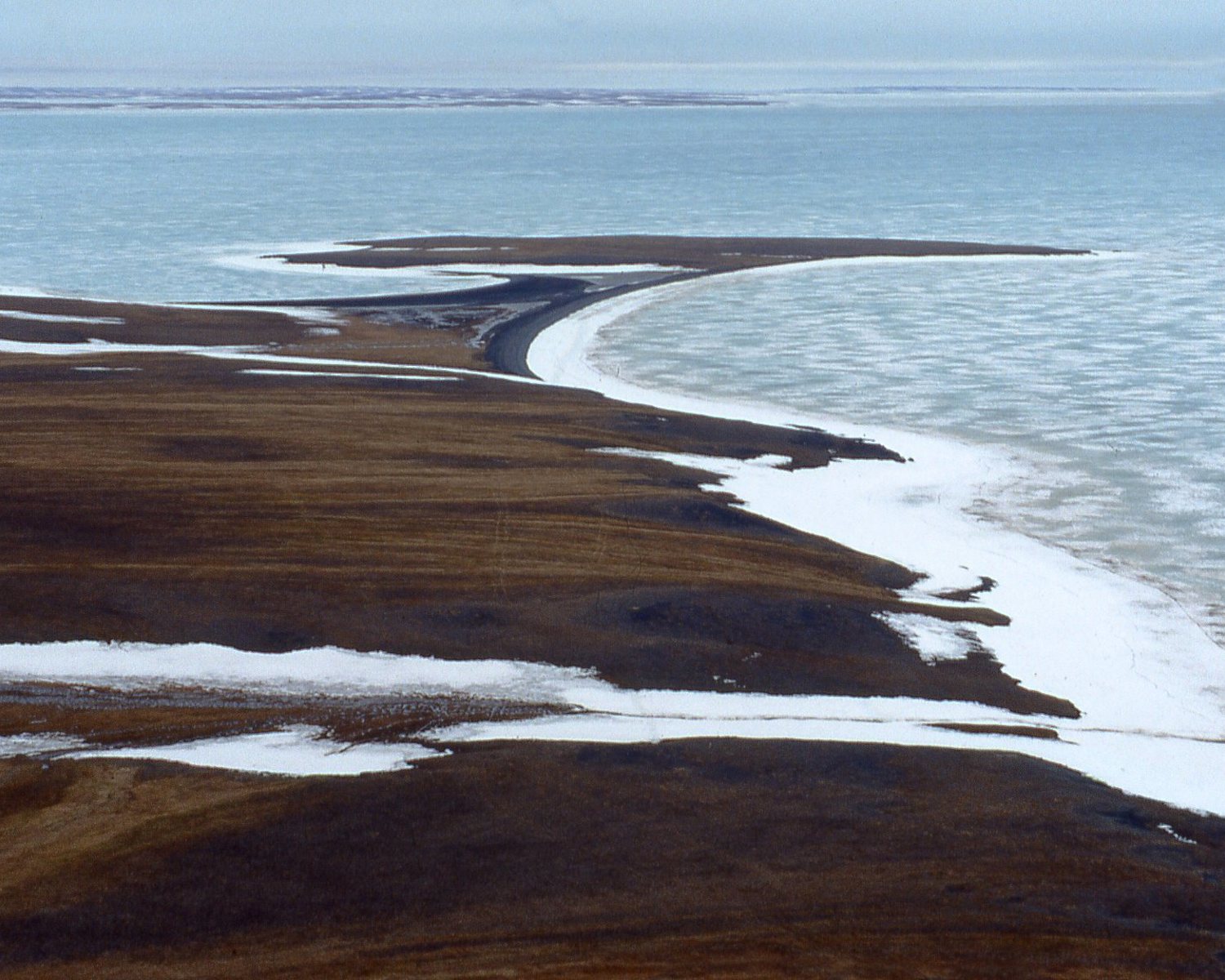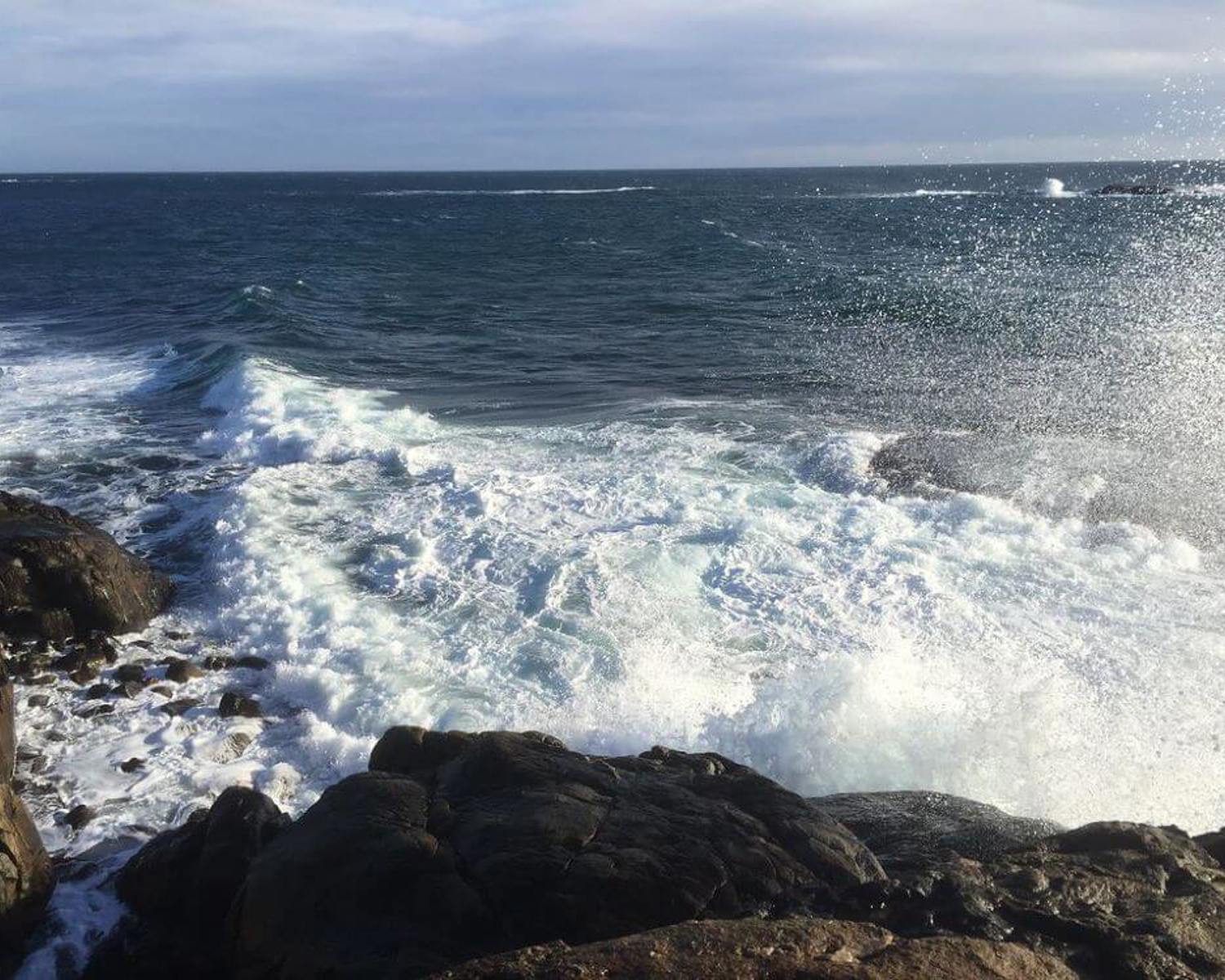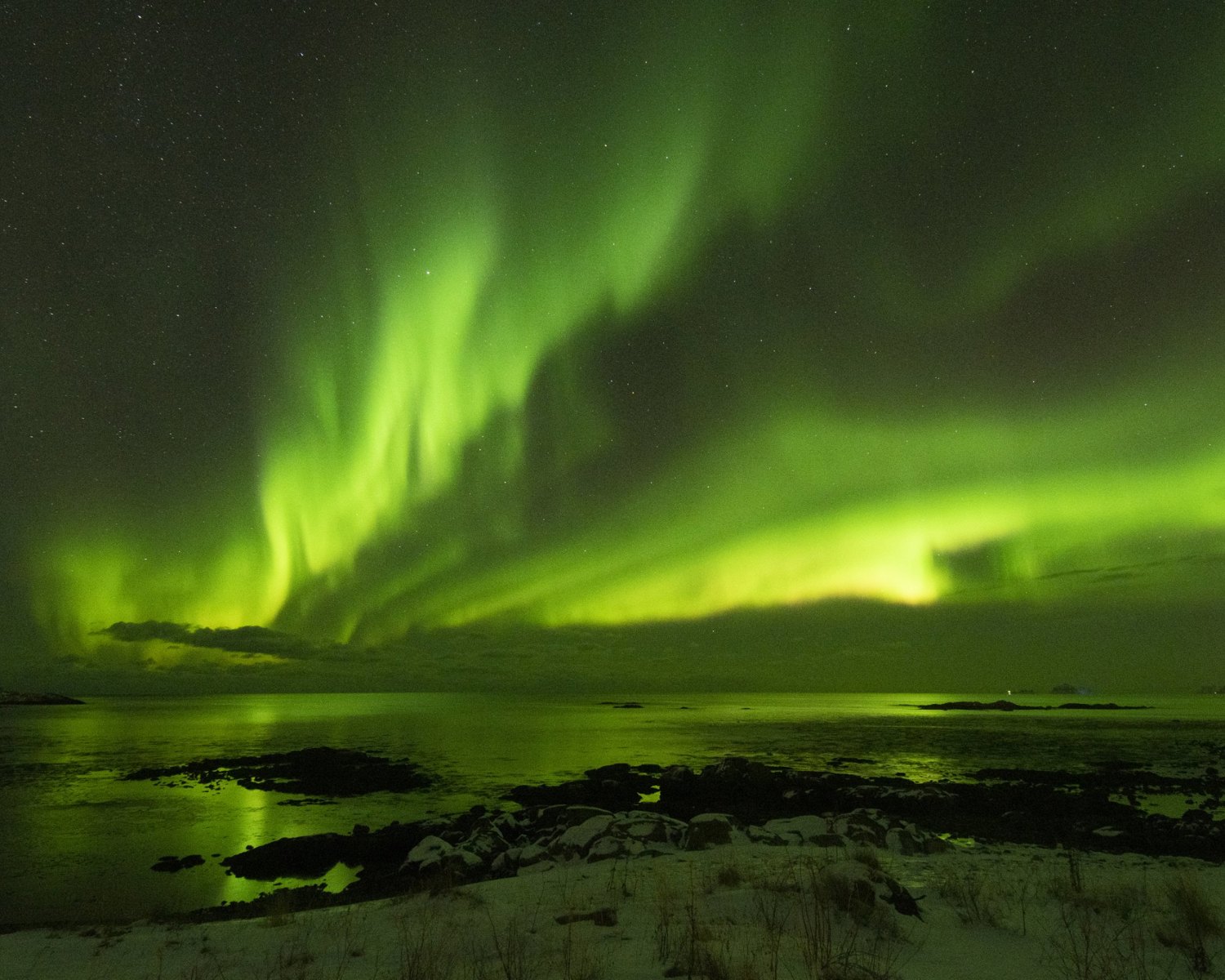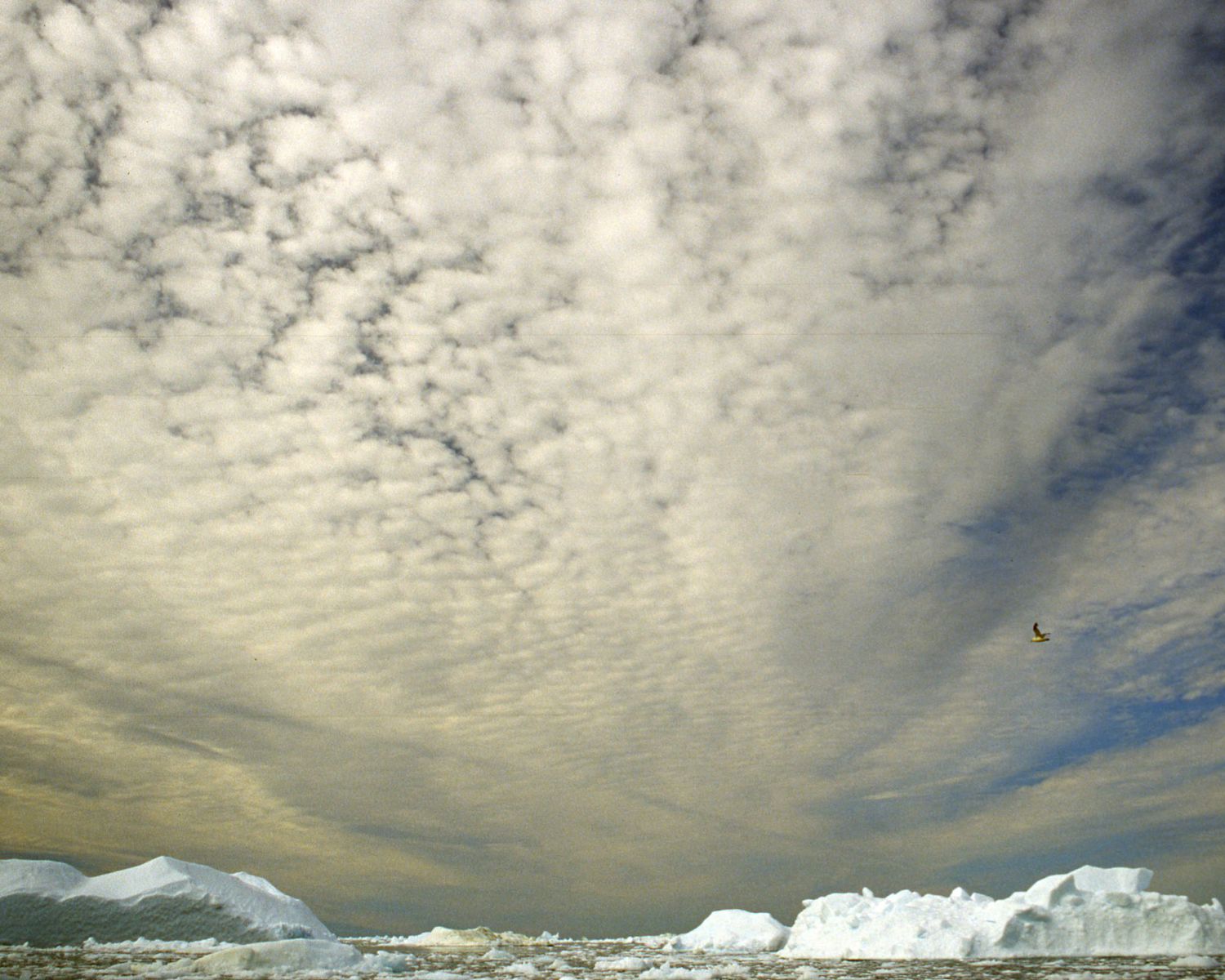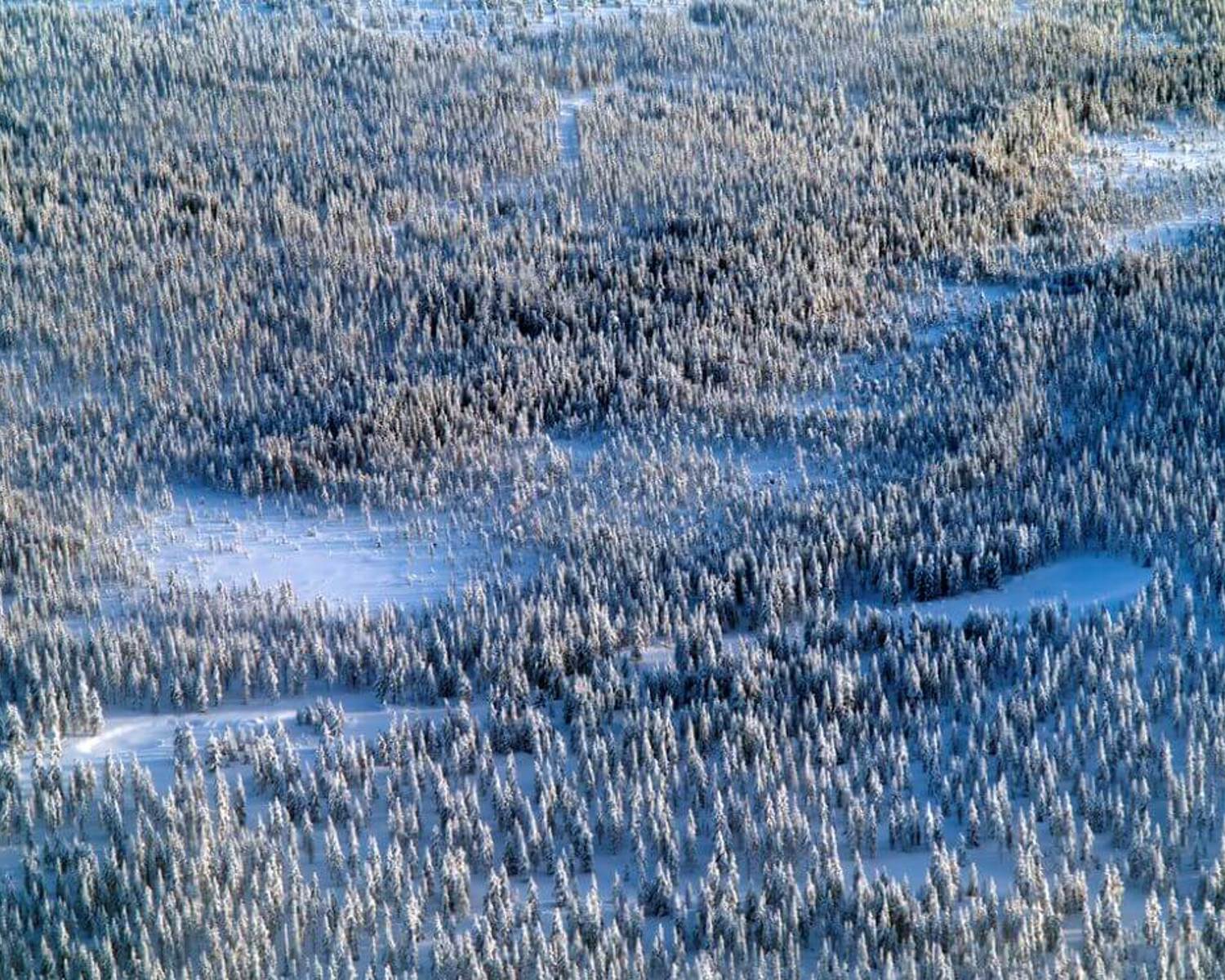Sea ice thickening
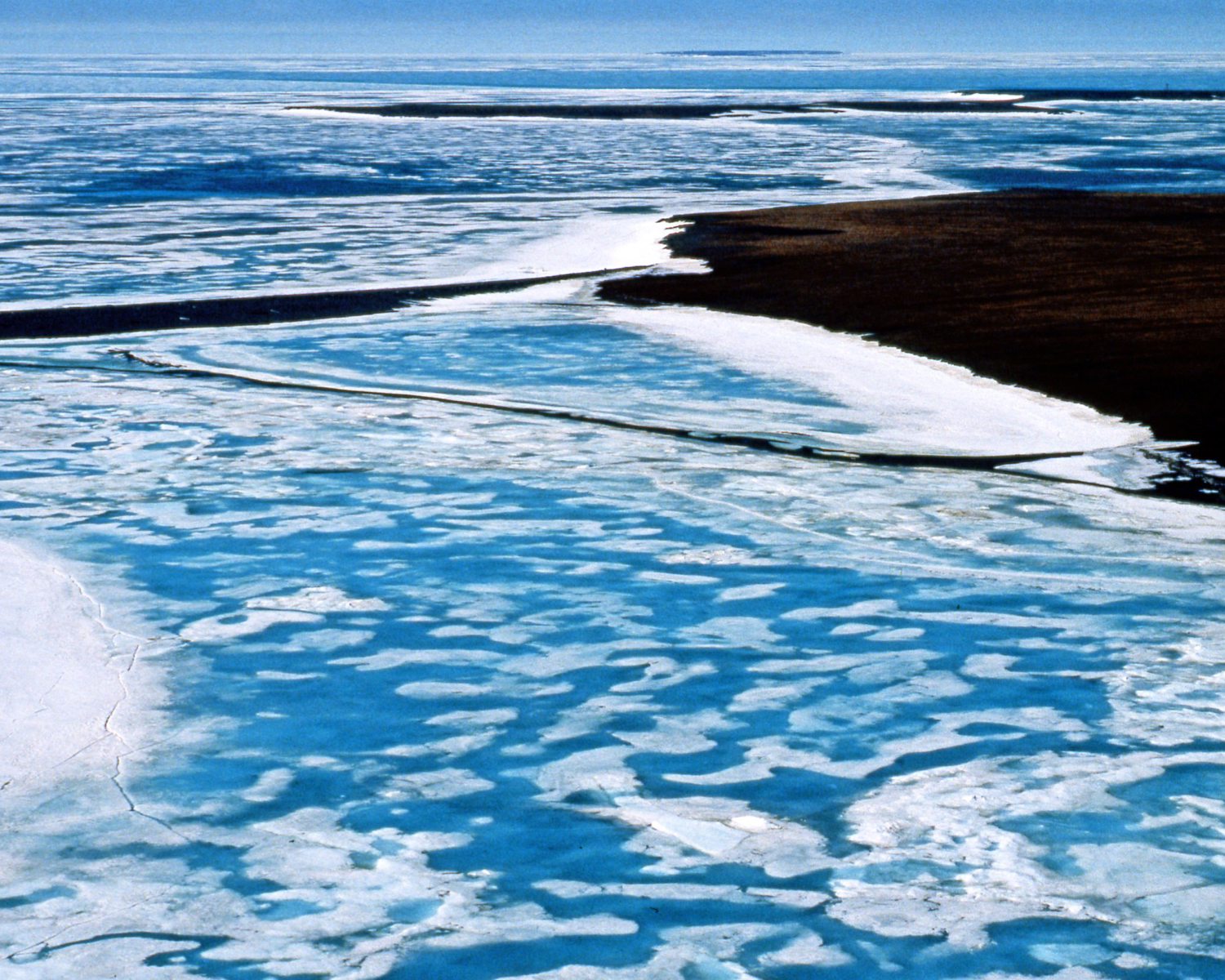
Sea ice thickening is an idea to slow or reverse the decline of Arctic sea ice by artificially thickening it.
Sea ice thickening is an idea to slow or reverse the decline of Arctic sea ice by artificially thickening it. Desch et al. (2017) suggested this could be done by pumping sea water on top of already existing ice during winter and letting it freeze. This thickened sea ice would then melt later, or even survive the summer to become multi-year ice. Desch et al. (2017) suggested a large amount of floating wind-powered pumps could be used as pumping devices.
Analysis overview

Technological Readiness Level (TRL)
Low 1
On a smaller scale, ice has been thickened by pumping water on top of it for infrastructural purposes, facilitating transport during winter months in remote northern regions. However, large-scale sea ice thickening efforts in the Arctic pose substantial new technological and logistical challenges. Desch et al. (2017) provided a rough design for the pumps; a Master's thesis by Laura van Dijke (2022) at the University of Delft further explored some engineering questions; and various technical, lab, and outdoor experiments by the companies Real Ice and Arctic Reflections, and by the Cambridge Centre for Climate Repair are currently ongoing. Apart from design issues, many questions remain about, for instance, how to produce, distribute, and maintain such devices. The Ocean Visions sea ice roadmap gives sea ice thickening a TRL of 4, writing that it has seen, "Conceptual and modelling studies with some testing of the system in a relevant environment and laboratory studies."
Technological Readiness Level (TRL)
A technology with a TRL of 1-3: TRL 1 – Basic; TRL 2 – Concept formulated; TRL 3 – Experimental proof of concept

Scalability
Medium 2
Scalability
Physically somewhat scalable; linear efficiency

Timeliness for near-future effects
Medium 2
Timeliness for near-future effects
Implemented in time to make some difference, although questionable

Northern + Arctic potential
High 3
Northern + Arctic potential
Very detectable impacts in the Arctic, above the global average; technology ideally/preferably located here

Global potential
Low 1
Global potential
Insignificant to be detected at a global scale

Cost - benefit
Moderate 2
Desch et al. (2017) give the rough estimate cost of $50 billion per year to increase ice thickness by one meter over 10% of the Arctic. The accuracy of this estimate is however highly uncertain as there are many unknowns, for example how the pumps would behave in the Arctic, how they could be maintained and repaired, and how this could be done without causing extra emissions that could break existing ice or spread albedo reducing particles.
To this it should however be noted that Hao et al. (2023) estimate that the melting of the sea ice would in any case costs the world an average of 6.7–13.3 trillion USD annually over the period 2020 to 2100, when the costs of the forcing effects of the ice are calculated in terms of equivalent costs of the forcing that is the result of GHG emissions.
Cost - benefit
Significant investment costs needed, but still much cheaper than the avoided damage costs (e.g., 30%).

Environmental risks
Some risk 2
Miller et al. (2020) note that this kind of thickening would affect Arctic marine biochemistry in multiple ways. The pumping process would for example release aerosols, which would alter atmospheric chemistry, and might increase or decrease temperatures and 'could have myriad contrasting impacts on the Arctic atmosphere'. They also note that this scheme might also affect the availability of light for photosynthesising algae under the ice, and thereby reduce marine productivity, or reduce algae production directly by removing shallow, algae-rich waters, and pumping them on top of the ice.
Moreover, the distribution and maintenance of the pumps could furthermore be a major source of Arctic emissions, and the pumps would have to be made out of non-toxic materials.
Environmental risks
More widespread and possibly regional impacts that extend beyond the immediate solution deployment location

Community impacts
Unknown 0
The worries about the potential biochemical effects of sea ice thickening expressed by Miller et al. (2020) might have significant effects on the livelihoods of local and indigenous communities who rely on hunting and fishing. Desch et al. (2017) suggested that the pumps might be maintained by local and indigenous communities, thereby providing social co-benefits, but it is unclear if this could actually be done in practice.

Ease of reversibility
Medium 2
Ease of reversibility
Possible with significant investment

Risk of termination shock
Some risk 2
Risk of termination shock
Medium or relatively significant termination shock or damage

Legality/governance
Challenging 2
Although it is not clear how the deployment of such pumps would be governed on the High Seas, the five Arctic coastal states would likely be able to deploy such pumps if they wanted within their Exclusive Economic Zone (Moore et al. 2020). Both Argüello and Johansson (2022) and Bennet et al. (2022) have recently called for discussions on security, ethical, and governance issues around sea ice thickening and other Arctic ice management techniques.
Legality/governance
Fits within existing structures to a certain degree, but some policy changes are needed to deploy at scale

Scientific/media attention
Medium 2
Sea ice thickening, along with the companies Real Ice and Arctic Reflections, have been featured in popular media (See, for example, the prominent reports on Desch's 2017 plan by Robin McKie in The Guardian and by Daniel Bukszpan on CNBC), and academic and advocacy interest in the idea seems to be growing.
Scientific/media attention
Some attention within the scientific community, including published research and funding programmes; some media attention; some commercial interest
References
Argüello, G., & Johansson, J. (2022). Ice Management Research and the Arctic Marine Environment. In: Regulation of Risk. (pp. 63-97). Leiden, The Netherlands. Brill Nijhoff. https://doi.org/10.1163/9789004518681_004
Bukszpan, Daniel, 19 February, 2017), This physicist has a $500 billion plan to refreeze the melting Arctic, CNBC https://www.cnbc.com/2017/04/19/this-physicist-has-a-500-billion-plan-to-refreeze-the-melting-arctic.html
Desch, S. J., Smith, N., Groppi, C., Vargas, P., Jackson, R., Kalyaan, A., ... & Hartnett, H. E. (2017). Arctic ice management. Earth's Future, 5(1), 107-127. https://doi.org/10.1002/2016EF000410
Hao, H., Su, B., Liu, S., & Zhuo, W. (2023). Radiative Effects and Costing Assessment of Arctic Sea Ice Albedo Changes. Remote Sensing, 15(4), 970. https://doi.org/10.3390/rs15040970
McKie, Robin, (12 February 2017), Could a £400bn plan to refreeze the Arctic before the ice melts really work?, The Guardian, https://www.theguardian.com/world/2017/feb/12/plan-to-refreeze-arctic-before-ice-goes-for-good-climate-change
Miller, L.,Fripiat, F.,Moreau, S.,Nomura, D.,Stefels, J.,Steiner, N.,Tedesco, L., and Vancoppenolle, M. (2020), Implications of sea ice management for Arctic biogeochemistry, Eos, 101, https://doi.org/10.1029/2020EO149927.
Moore, J.C., I. Mettiäinen, M. Wolovick, L. Zhao, R. Gladstone, Y. Chen, S. Kirchner, T. Koivurova 2020 Targeted geoengineering: local interventions with global implications, Global Policy, 10.1111/1758-5899.12867.
Pauling, A. G., & Bitz, C. M. (2021). Arctic sea ice response to flooding of the snow layer in future warming scenarios. Earth's Future, 9(10), e2021EF002136. https://doi.org/10.1111/1758-5899.12867
Real Ice. n.d. An active cooling project to preserve & restore Arctic sea ice. https://www.realice.eco/ [Accessed 8 July 2024]
van Dijke, L. (2022). The implementation of Arctic ice management: Counteracting the annual Arctic sea ice loss by distributing sea water on top of sea ice. Master's thesis. TU Delft. https://repository.tudelft.nl/record/uuid:1880b7bf-c115-4c4c-9e6e-33425933cdad
Zampieri, L., & Goessling, H. F. (2019). Sea ice targeted geoengineering can delay Arctic sea ice decline but not global warming. Earth's Future, 7(12), 1296-1306. https://doi.org/10.1029/2019EF001230

